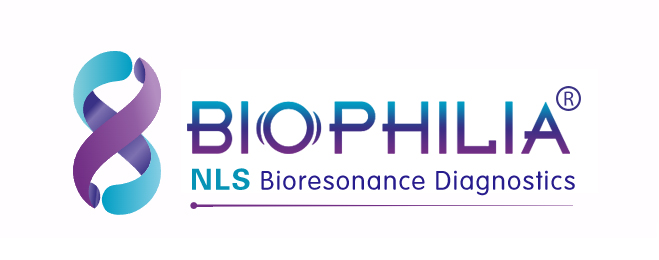Meta analysis tomography diagnosis method
1. "Meta analysis" is not intrusive and will not cause any discomfort.
2. Non-voltage current stimulation, no skin contact, no developer, no radiation damage, no taking off clothes, no waiting, no fasting, no side effects.
3. It only takes 15 to 30 minutes to complete 16 main 3D simulation tomography scans of the whole body, which can quickly analyze different organs and evaluate health conditions and organ functions.
4. It can detect cell and tissue changes of twelve systems of the human body, and can compare scans with up to 12,000 items.
5. Complete one hundred thousand organ tissue scan points at the speed of light, and one million organ tissue scan points for research type.
6. The world's only fusion of spectral resonance analysis, quantum resonance analysis, and audio resonance analysis.
7. Evaluate the methods needed to prevent unhealthy situations and correct imbalances.
8. Test the effects of different drugs on the body. Different medications are recommended for different test subjects.
9. Measure the effects of treatments and/or drugs.
In short, the Meta analysis sonar tomography diagnostic instrument can scan your health status within 30 minutes, do drug comparison, and perform the function of energy information repair and replication. It is unique, it only takes half an hour to get complete information about your health, and it is the same diagnosis and treatment as the doctor's all the expertise and dozens of analysis results. It allows users to "see" the relationship between their organs, disease sources, and illnesses from the inside, and diagnose them, such as: gastric ulcer, fibroids, swelling, prostatitis or adenoma, thyroid dysfunction, internal organs There is no need for complicated and expensive examinations.
The method adopted by this system is based on the electromagnetic vibration analysis of the nerve trunk structure of the brain, which contains complete information about the entire body. The information is read by a special sonar transmitter that we put on our head and project the brain trunk structure inspection.
The examination includes:
(1) Cardiovascular system
(2) Gastrointestinal tract
(3) Urogenital system
(4) Support motion system
(5) Bronchial lung system
(6) Endocrine system
(7) Visual and auditory organs
(8) Nervous system
(9) Blood analysis ~ biochemical indicators, hemoglobin, red blood cells, etc.
10) Visualize bacteria, viruses, parasites, including Staphylococcus, Streptococcus, Pear-shaped insects, etc.
(11) Evaluation of hormones, degree of immunity, thyroid, adrenal gland, pituitary gland, pancreas, and gonads.
For children and middle-aged and elderly people, there is a special diagnosis for changes in age characteristics. No radiation, no danger to pregnant women and babies. Diagnosis results are provided in the form of photos of organs and systems, and are described in detail by the diagnosing physician. After re-examination, users will be provided with the latest treatment methods.
With regard to health information and manifestation of diseases, such a sufficient degree cannot be achieved by any of the current existing diagnostic methods (ultrasound, X-ray, computed tomography, X-ray photography). Meta analysis sonar tomography method can still provide a lot of disease information and can make predictions. This method often has basic meaning for diagnosis and make appropriate and correct choices. It has been 20 years since the foundation of the theory was founded to 2000 AD.
Meta analysis tomography diagnosis method is the most modern and advanced among the current instrument diagnosis. The difference between non-invasive Meta analysis Sonar tomography and general nuclear magnetic resonance and X-ray photography is that there is no high degree of discomfort and no side effects. It seems to be a very promising high for metabolism research. Efficiency methods, including cell detection and treatment. Among all instrumental diagnostic methods, Meta analysis sonar tomography diagnosis provides the closest pathological anatomy.
